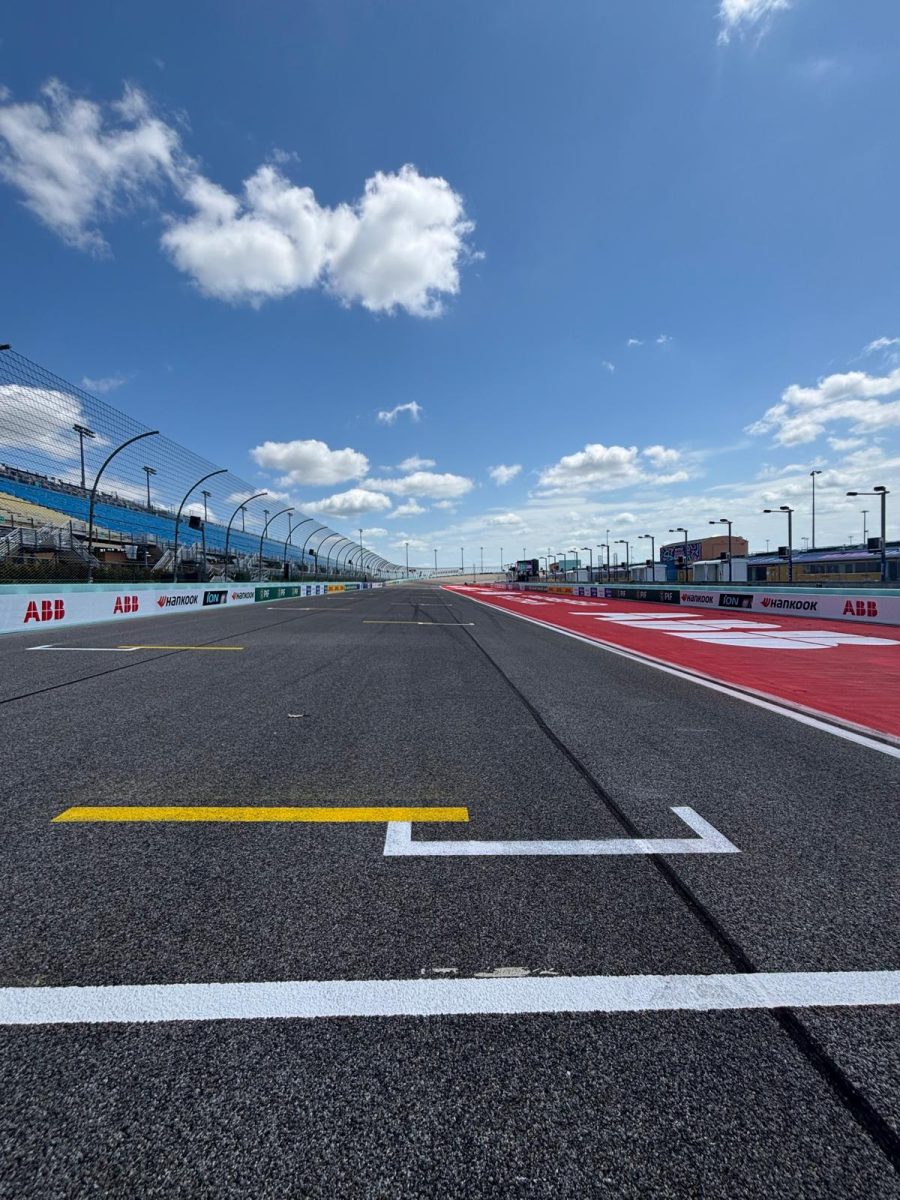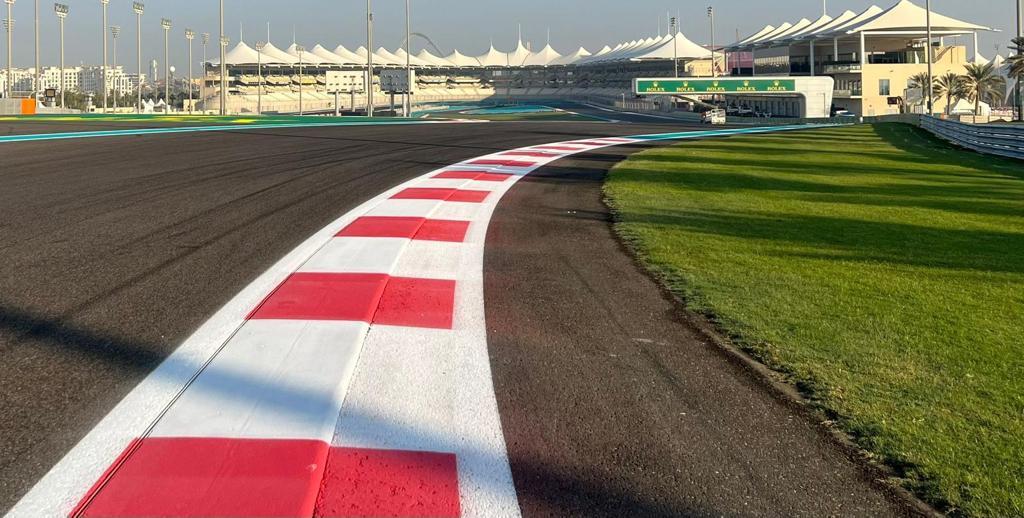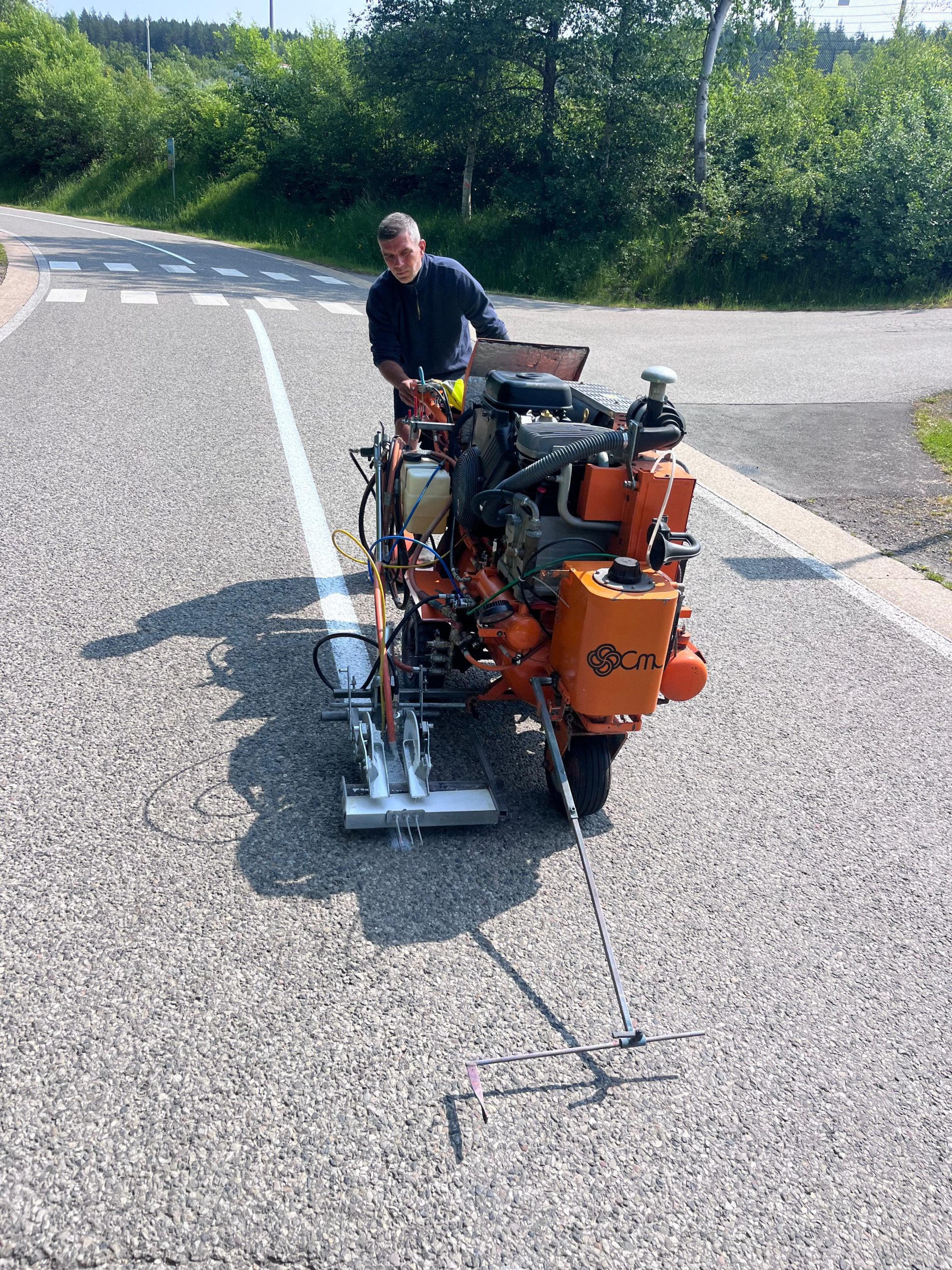Track markings do more than define the look of a racing circuit, they’re a critical part of how the track communicates with drivers, crews, and marshals. From guiding high-speed manoeuvres to preventing accidents, each line and surface serves a purpose. Here’s a quick guide to what these markings are, what they do, and why they matter.
Start grids ensure fair and safe race starts, with precise spacing and visibility to prevent false starts or collisions.
Pit lane markings define speed zones, working areas, and safe access, keeping high-speed vehicles separate from support crews.
The blue line, in particular, separates the fast lane from working areas in the pit lane. This line must be respected at all times to protect mechanics, marshals, and others working trackside.
Braking markers (usually 150/100/50 metre boards or painted lines) help drivers time their deceleration into corners.
Turn-in points, apex markings, and exit lines guide cars through corners consistently and safely.
These cues are essential for performance — and critical when visibility drops or tyre wear increases.
Kerbs define track limits but also affect vehicle stability. Some are smooth to invite use; others are aggressive to discourage exceeding limits.
Run-off zones, often brightly painted with anti-slip coatings, help slow and stabilise cars that leave the racing line.
These zones provide controlled deceleration and safer re-entry, reducing incident risk.
Internal roads (like Dakar routes) are used for logistics, emergency access, and operations.
Clear centre lines, arrows, and pedestrian walkways help manage traffic and safety in the paddock and support areas.
Tracks use FIA and FIM homologated paint, designed for grip, durability, and visibility.
Anti-slip coatings are applied to areas like pit boxes, braking zones, and start grids to reduce risk in wet or rubbered-in conditions.
These paints hold up under extreme heat, rain, and tyre contact, far beyond ordinary road paint.
Over time, rubber, oil, and dust clog the track’s micro and macro textures, reducing grip and drainage.
Ultra high-pressure (UHP) water cleaning removes this build-up without damaging the surface, restoring the texture for consistent performance.
Especially after heavy use, this cleaning is vital to reset the surface ahead of major events.
Track markings are more than just lines and logos, they are part of the safety system. Every painted element on a circuit helps ensure:
Safe starts and pit operations
Consistent braking and cornering
Clear visual references for drivers
Effective emergency and team movement
Reliable grip and surface performance in all conditions
Protected pit crews and marshals, thanks to clearly defined blue line zones
At Roadgrip Motorsport, we apply these markings with the same precision that teams expect from their cars because in motorsport, safety and performance go hand in hand.